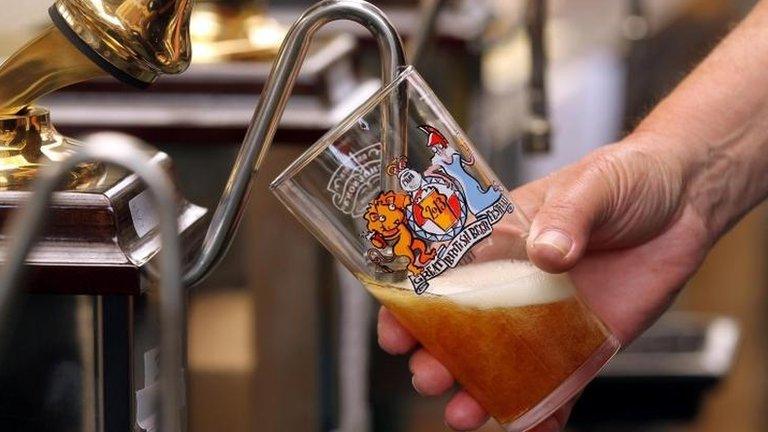More staff hired in shrinking pub industry
- Published
- comments
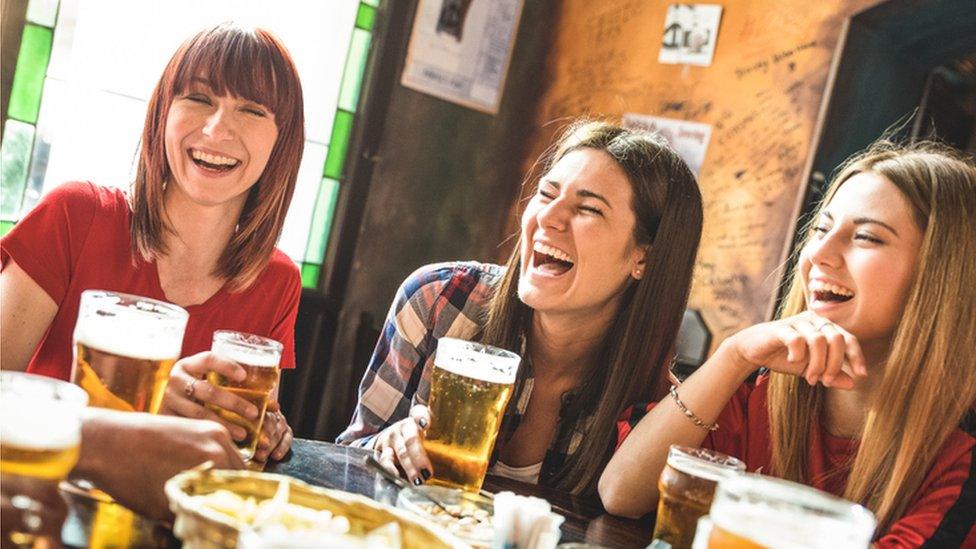
Food is helping boost employment in pubs and is pulling in the customers
Pubs are employing more people than 10 years ago, despite almost a quarter of them having closed over the same period, official figures show.
According to research by the Office for National Statistics (ONS) this could be because an increasing number now serve food, which is more labour intensive.
More than 11,000 pubs have closed, leaving around 39,000 across the UK, the ONS said.
Some areas on the edges of big cities have seen pub numbers halve since 2001.
Low pay
The ONS found that the number of jobs in pubs dipped during the economic downturn. However, employment in the sector picked up subsequently and there are now 6% more jobs in pubs and bars than there were in 2008.
The largest increases have been in bigger pubs (those with 10 or more employees). This may be because serving food requires more waiting and kitchen staff.
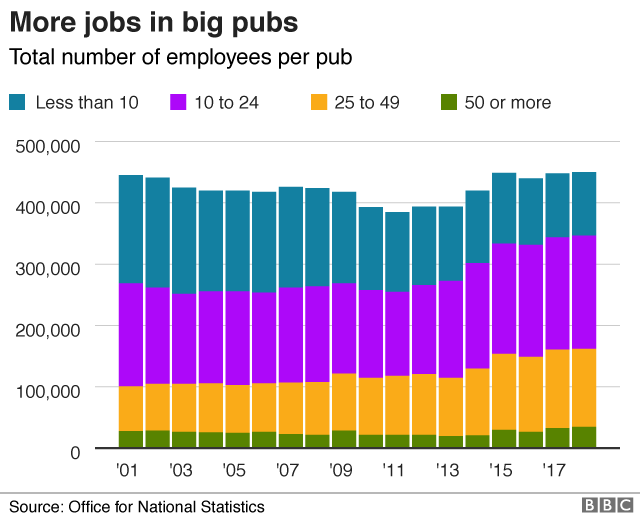
The rise in employment has been more pronounced in rural pubs, where in 2018 total employment in England and Wales is 17% higher compared with 2008. In contrast, employment in urban pubs rose by only 4% over the same period.
But most jobs in the sector are low paid with around 70% of workers in pubs and bars being paid less than the Living Wage Foundation's recommended Living Wage. This is set at £10.55 per hour in London and £9 per hour elsewhere.
The ONS's analysis shows it is small pubs that are disappearing, while the bigger chains are consolidating around larger bars.
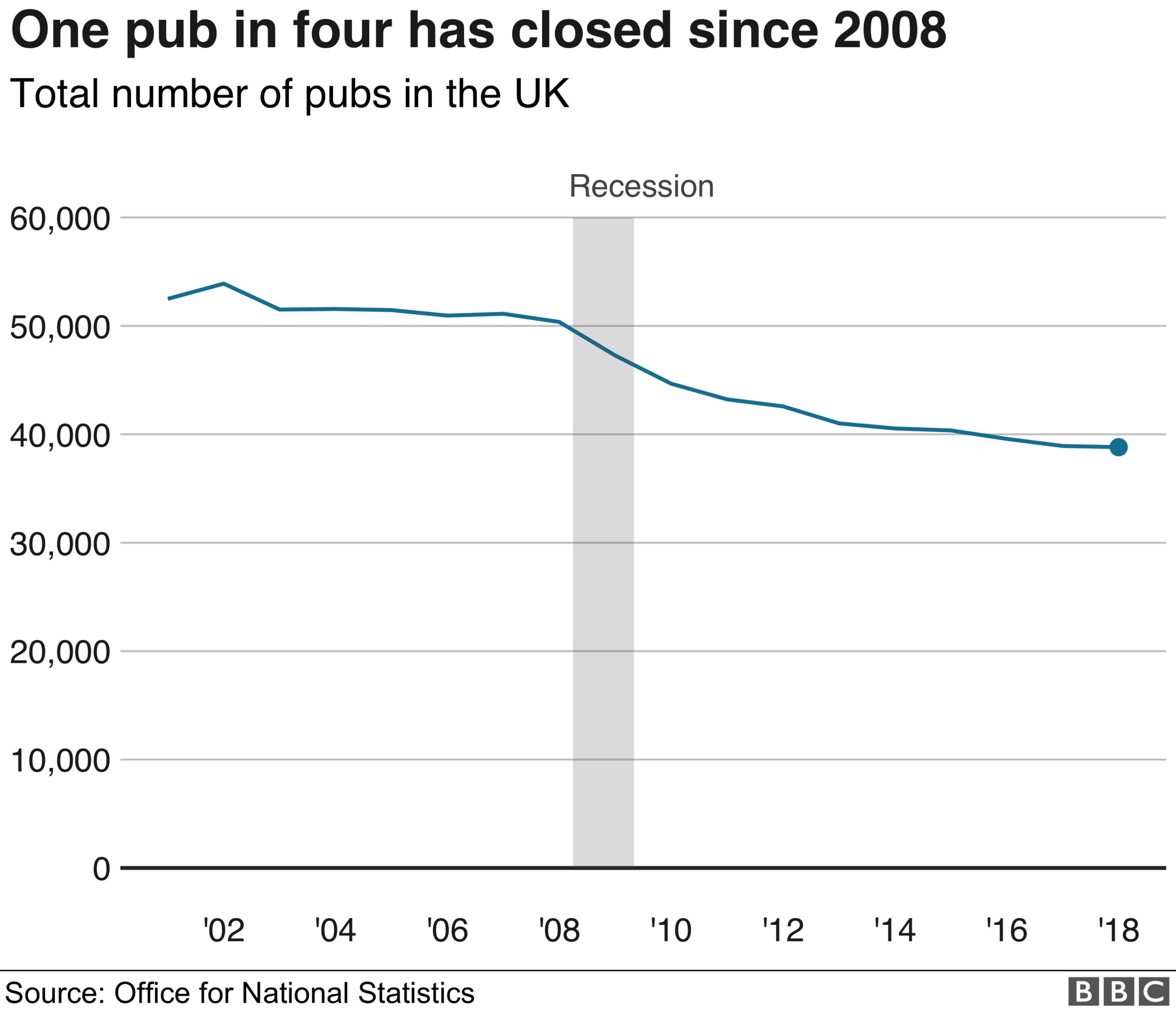
The closure of British pubs is a well-known story. Organisations such as the Campaign for Real Ale and the British Beer and Pub Association have charted the disappearance of pubs for many years, citing reasons including rising overheads, the smoking ban and the rise of cheaper alcohol sold in supermarkets.
Barking and Dagenham, Newham and Luton - all in and around London - now have fewer than half the pubs they did in 2001.
There are far fewer pubs in some towns around Manchester, including Burnley, Bolton and Rochdale, as well as on the outskirts of Birmingham, in areas including Sandwell, Dudley and Walsall.
On the other hand, locations popular with tourists, including the Highlands of Scotland, Blackpool and Brighton, either have seen pub numbers increase or hold steady.
The ONS's report, called "Economies of ale", includes an interactive map, external, which can be used to see changes in pub numbers and employment in your area.
- Published7 August 2018

- Published9 November 2018
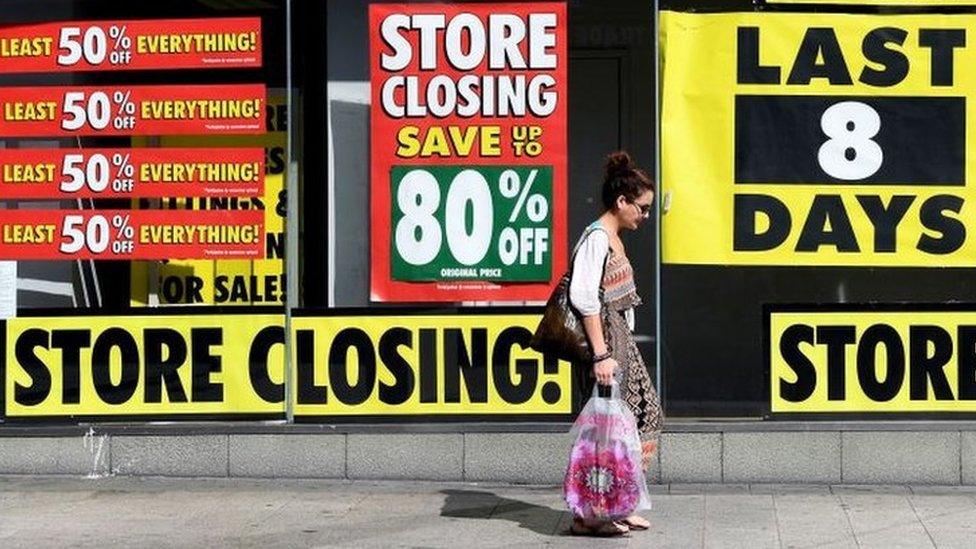
- Published12 October 2018
